3R awards and grants
2023
Optimizing transgenic animal derivation utilizing sterile hosts and a sex-specific genetic reporter
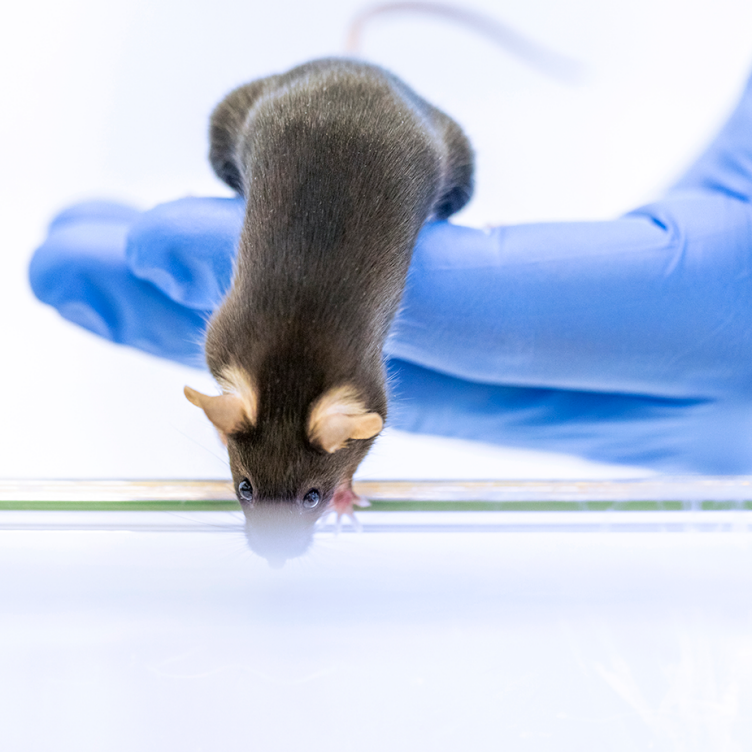
ETH Professor Ori Bar-Nur receives funding from the Swiss 3R Competence Centre (3RCC) as part of the Targeted Call 2023 “Driving responsibility forward: Reducing surplus animals and promoting change” for a project to optimise the production of transgenic animals
Application of non-surgical embryo transfer for the generation of transgenic models
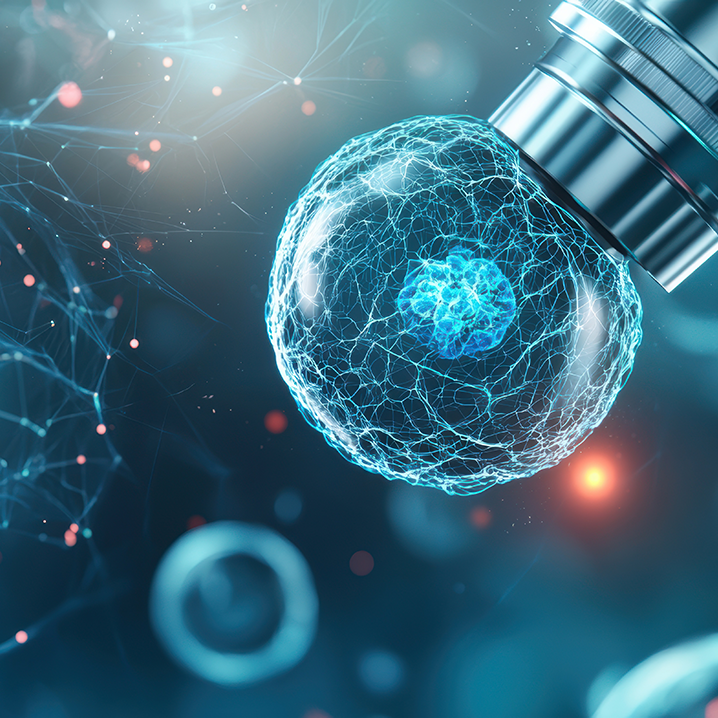
Ori Bar-Nur, Professor of Regenerative and Muscle Biology at ETH Zurich, receives a external page Refinement Grant 2023 from the Swiss 3R Competence Centre (3RCC). His project aims to replace the invasive surgical method for generating transgenic mouse and rat models with non-surgical embryo transfer (NSET) to reduce animal suffering.
2022
An automated system for the assessment of pain and wellbeing in laboratory mice
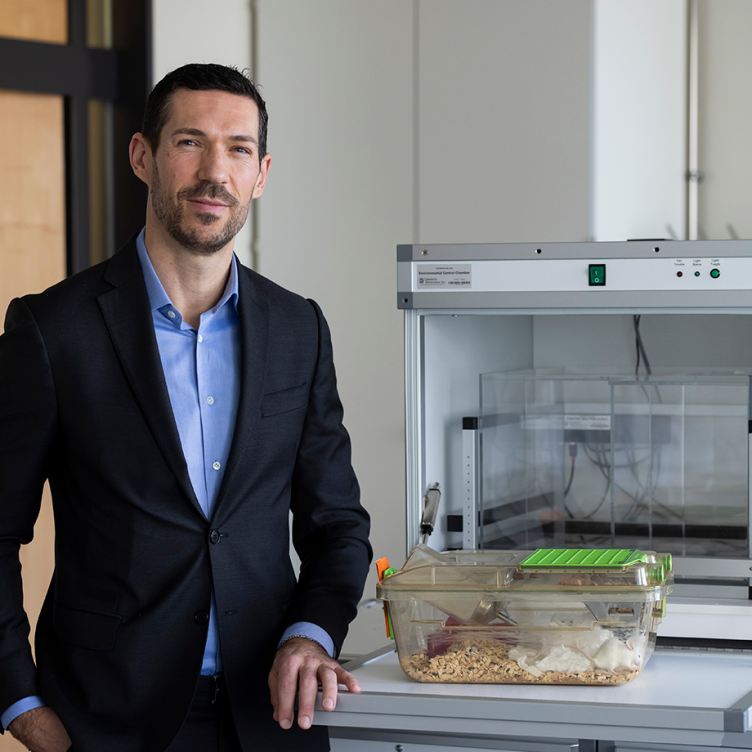
Monitoring the well-being of mice is often neglected in research laboratories and is currently based on subjective observations. ETH Professor Johannes Bohacek and his team are developing a computerised platform to automatically monitor the well-being of animals. The method ensures consistent data, even if the experiments are carried out at different locations. The project is funded by the external page Targeted Call 2022 of the 3RCC.
Automation, Optimisation and Dissemination of the Mouse Grimace Scale
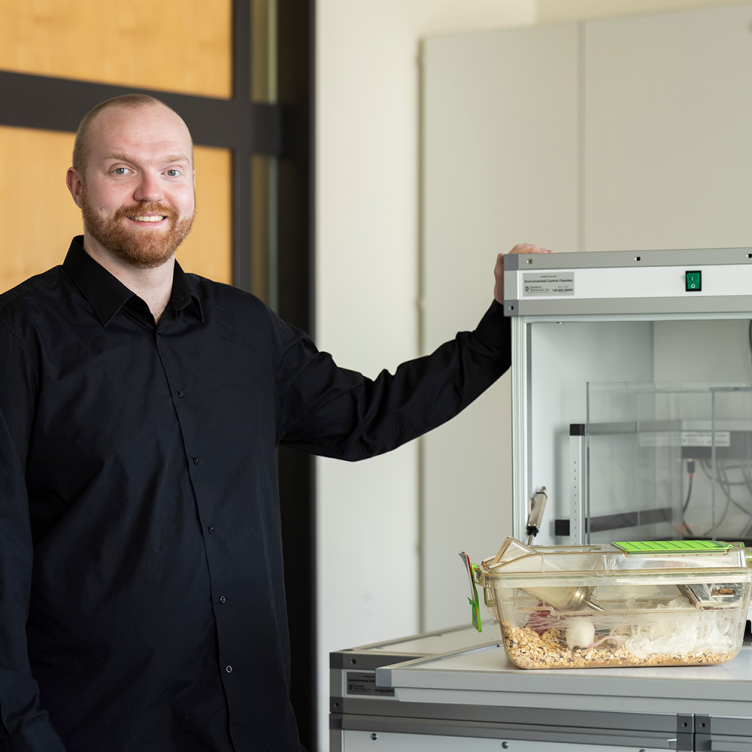
Oliver Sturman receives the external page Refinement Grant 2022 from the 3RCC for the development of an automated system that can evaluate the facial expressions of mice to determine whether they are in pain. This system can improve the monitoring of rodents in various facilities.
A three-dimensional model of the brain’s protective wall, the blood-brain-barrier
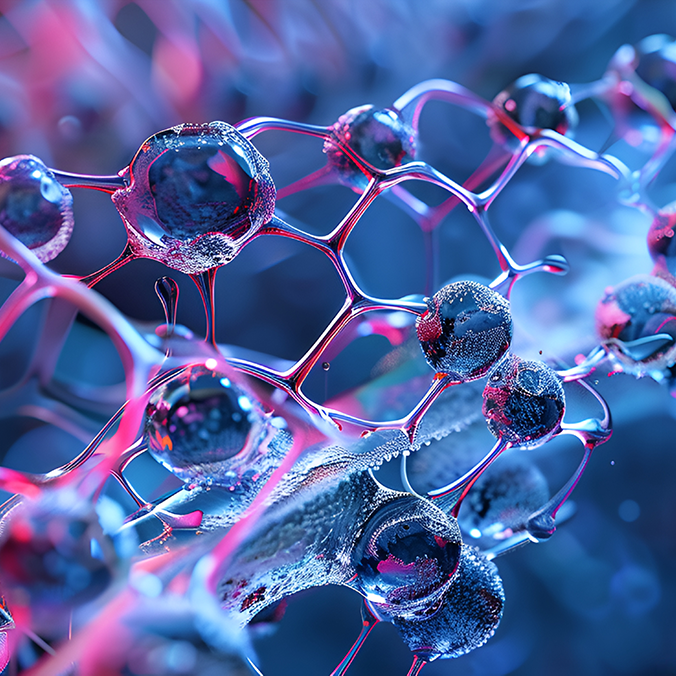
Wei Wei, a PhD student at the Department of Biosystems Science and Engineering at ETH Zurich, receives the external page 3R Young Investigator Award 2022 of the 3RCC for his work on a three-dimensional model of the blood-brain barrier. His model uses human brain cells instead of animal cells to recreate the blood-brain barrier. It accurately replicates physiological processes and is an alternative to animal models.
2020
Experimental toolkit to evaluate cell-based therapies in the mouse brain
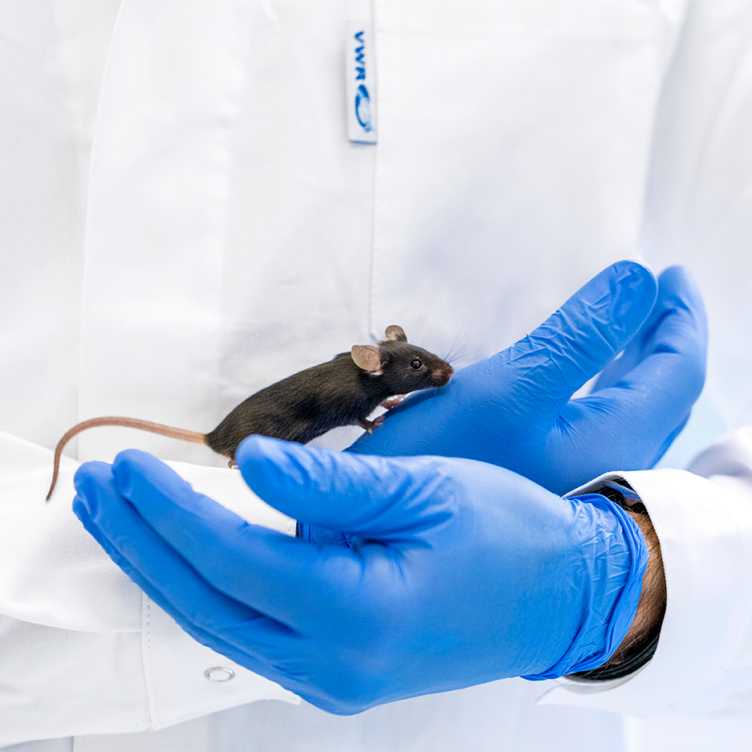
Together with Ruslan Rust, Csaba Földy and Christian Tackenberg from the University of Zurich, Johannes Bohacek, Professor of Molecular and Behavioural Neuroscience at ETH Zurich, has been awarded the external page 3RCC Reduction Grant 2020. The project aims to develop an experimental toolkit to better evaluate cell therapies after stroke in mice. Non-invasive bioluminescence imaging is used to track transplanted cells. Deep learning software characterises the transplanted cells and evaluates how quickly the mice recover. This means that around 80 percent fewer animals are needed, and their stress is significantly reduced.
2019
Early in vitro testing for adverse effects on embryos
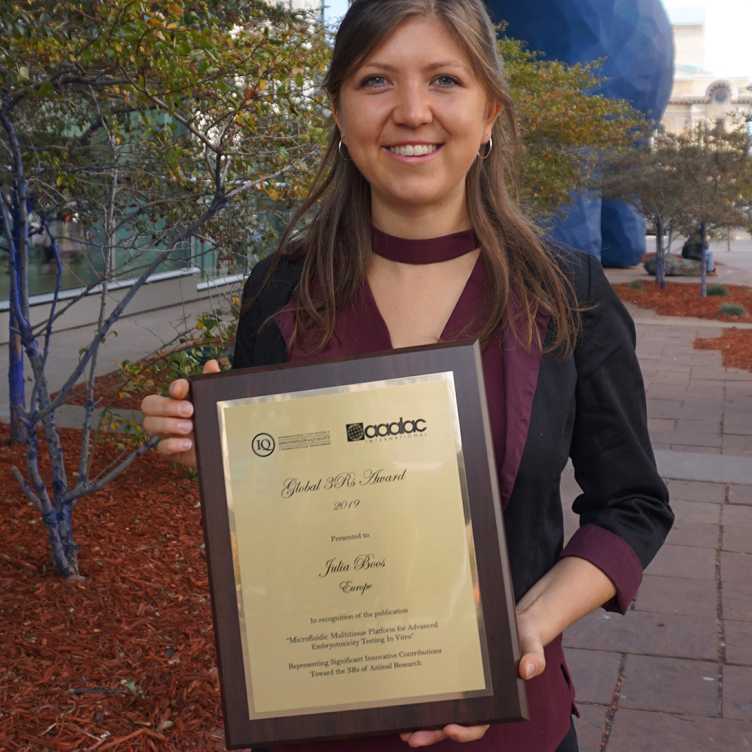
Julia Boos, doctoral student in the group of Andreas Hierlemann, developed an in vitro process that tests new medications for adverse effects on embryos. Her test uses three-dimensional clumps of cells formed from a combination of human liver tissue and embryonic stem cells collected from mice. It is this combination of liver and embryonic microtissues that allows the test to also detect substances that are not toxic in their original form, but are transformed into adverse substances by the metabolism of the human liver. Such tests are otherwise possible only in animals. She has been honoured for her work the external page Global 3Rs Award/Europe with a top international prize for alternatives to animal testing. Find out more about the project here.
BEHAVE: A toolkit for deep-behavior profiling of laboratory rodents
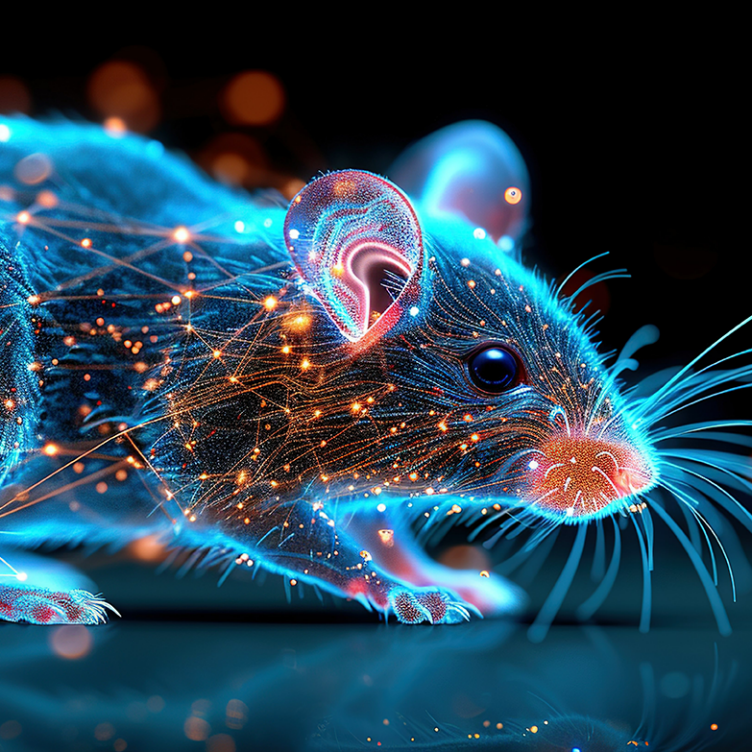
ETH Professor Johannes Bohacek receives the external page 3RCC Grant for Reduction and Refinement 2019 for the development of user-friendly software for the analysis of animal behaviour and the detection of behavioural differences in mice.
2018
Recombinant laminin-like proteins for organoid cultures free of animal-derived basement membrane extract
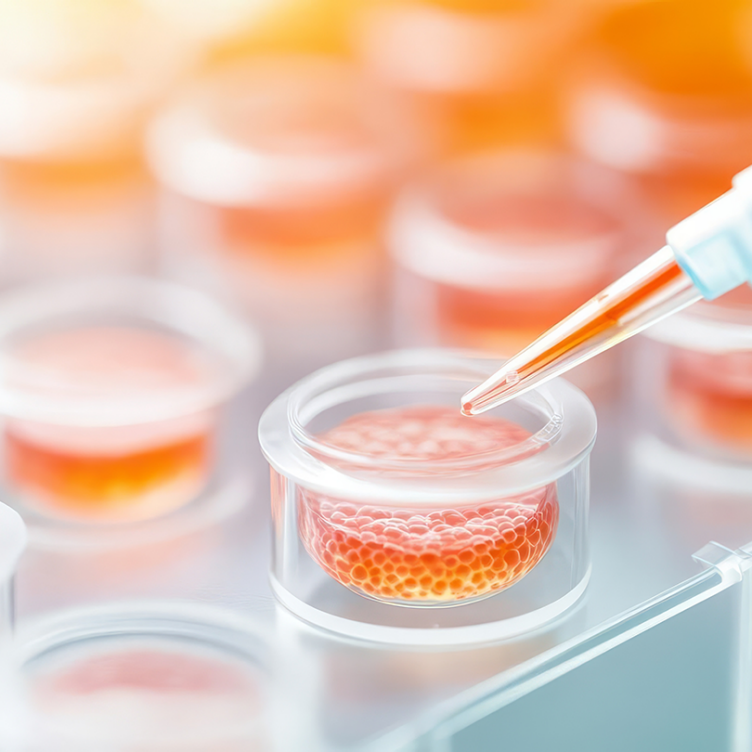
Organoids are miniature organs made from stem cells that can be used as in vitro models of healthy and diseased organs. They promise progress in personalised medicine and tissue engineering and reduce the need for animal testing. For organoid cultures, researchers use basement membrane extract obtained from mouse tumours. There is a need for alternatives that avoid the use of mice and facilitate clinical application. The research groups led by Matthias Lütolf and Nicolas Broguiere from EPFL and Gerald Schwank from ETH Zurich aim to develop recombinant laminin fragments that are easy to handle and suitable for mass production. The project was funded by the external page Replacement Grant 2018 of the 3RCC.
2016
Multicellular microtissue structures and microfluidic system for multitissue analyses
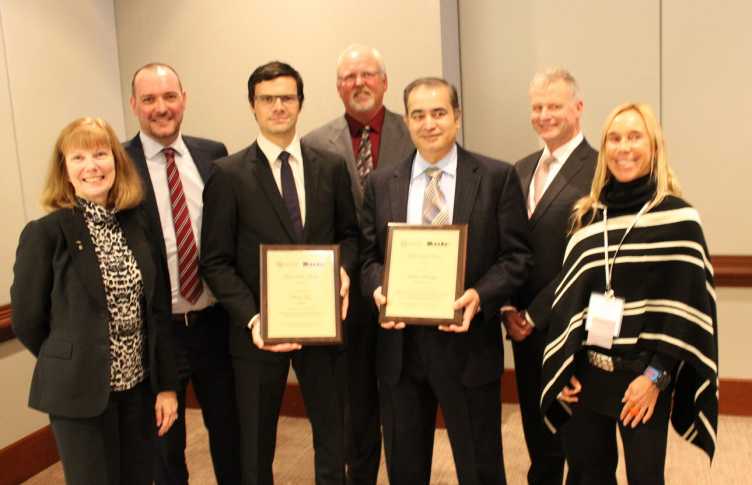
Olivier Frey and his colleagues in Andreas Hierlemann's group receive the International Global 3Rs Award 2016 for their external page work on the development of a new cell culture technique that may make it possible to dispense with certain animal experiments in the future. While conventional cell culture experiments take place on a flat "cell lawn" in a petri dish, the new technique uses a chip in which small spherical cell aggregates with a diameter of just under half a millimetre are used. Find out more about the project here.
2014
New approach to cultivating multicellular micro-tissue structures

The NC3R awarded Olivier Frey from ETH Professor Andreas Hierlemann's research group the external page NC3R 3R Prize 2014 for his external page work on a novel approach to cultivating multicellular microtissue structures in vitro. The work is a significant advance in technology that brings together the hanging drop method and microfluidics to significantly expand the experimental possibilities for the cultivation of spheroids. Microfluidic systems allow precise handling of fluids, including continuous exchange of medium and waste materials, and also allow test substances, such as drug candidates, to be run through the culture. Find out more about the project here.